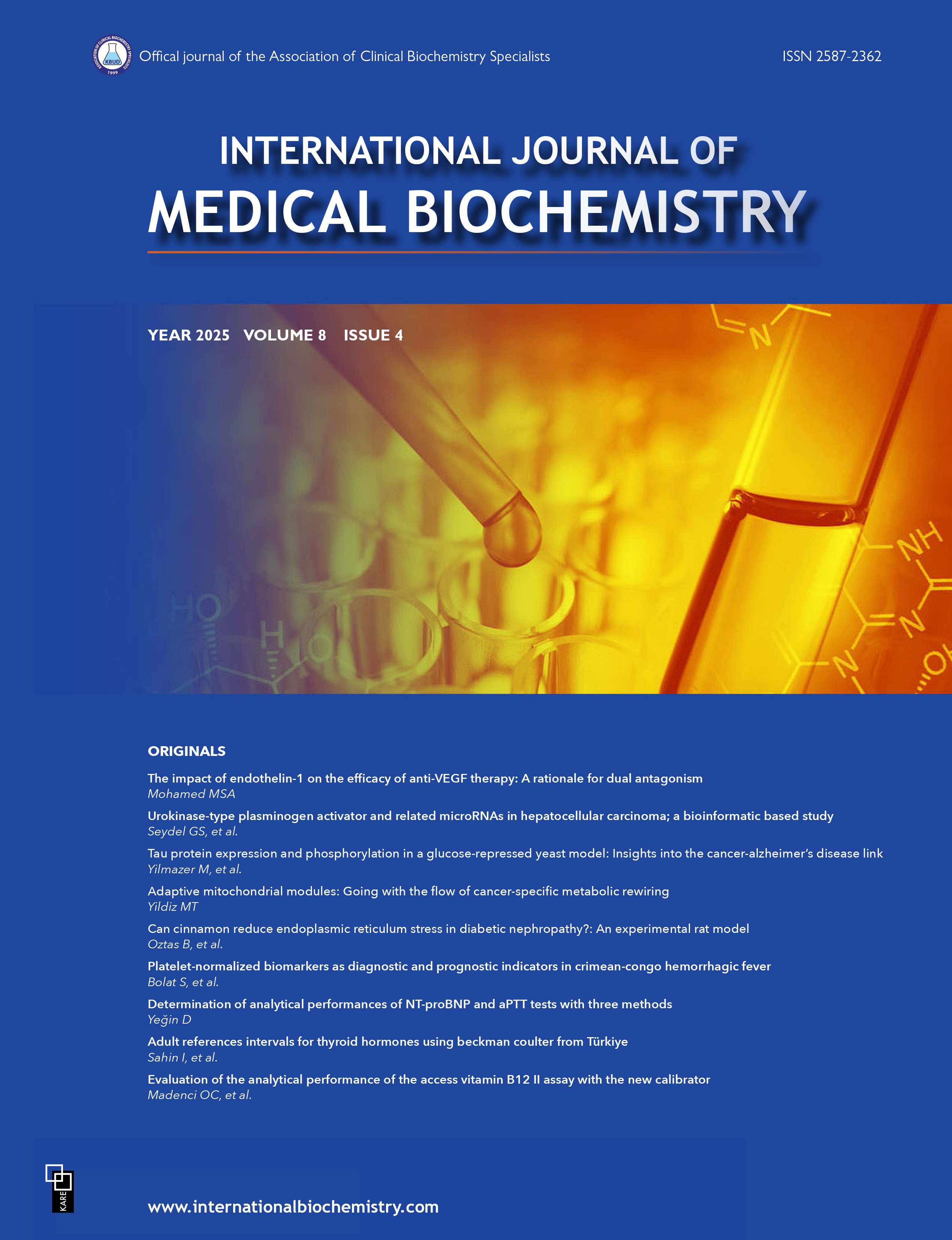The impact of endothelin-1 on the efficacy of anti-VEGF therapy: A rationale for dual antagonism
Mohamed S A MohamedMSAM Clinic and Medical School Brandenburg, Brandenburg, GermanyINTRODUCTION: Angiogenesis-associated disease conditions are often treated with anti-angiogenic therapy. Many of the anti-angiogenic agents approved as adjuvant cancer therapy target the vascular endothelial growth factor (VEGF) axis, as VEGF signaling is regarded as the primary angiogenesis promoter. These drugs are expected to enhance immunity, antagonizing the immunosuppressive functions of VEGF, and to control angiogenesis. Despite a mechanistic rationale that strongly supports their benefits, anti-VEGF agents have shown limited success rates in most cases, along with an association with hypertensive side effects. This article briefly reviews the approved anti-VEGF agents and offers a possible explanation for their limitations.
METHODS: PubMed and Scopus databases were searched with the corresponding keywords (such as anti-VEGF), and the relevant knowledge was collected. The included studies were limited to these, which report indications, responses, and side effects. In addition to the review, HuH7 and HEK293T cells were subjected to chemical induction of hypoxia by means of treatment with cobalt chloride (CoCl₂). This treatment induced hypoxia inducible factor 1 alpha (HIF-1) under normoxic conditions. Target protein levels were then assessed with immunoblotting to confrm the review results.
RESULTS: The results support the fact that both VEGF and endothelin-1 (ET-1) levels are elevated in response to hypoxia.
Consequently, the modulation of the proangiogenic and vasodilatory effects of the VEGF axis by anti-VEGF agents is anticipated to have an incomplete impact on angiogenesis, while resulting in hypertensive complications due to the ongoing proangiogenic activity and unopposed vasoconstrictive efects of endothelin-1.
DISCUSSION AND CONCLUSION: Given the uncertainty regarding the capacity of anti-VEGF therapy to concurrently inhibit ET-1, the dual antagonism of VEGF and ET-1 appears to be the preferred approach for effective management of angiogenesis-related pathologies. Additional studies are necessary to validate this conclusion.
Keywords: Adjuvant therapy, angiogenesis, anti-VEGF therapy, endothelin-1, vascular endothelial growth factor
Manuscript Language: English







